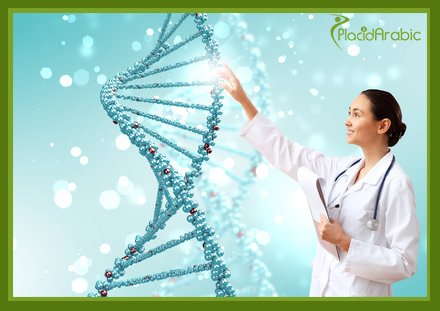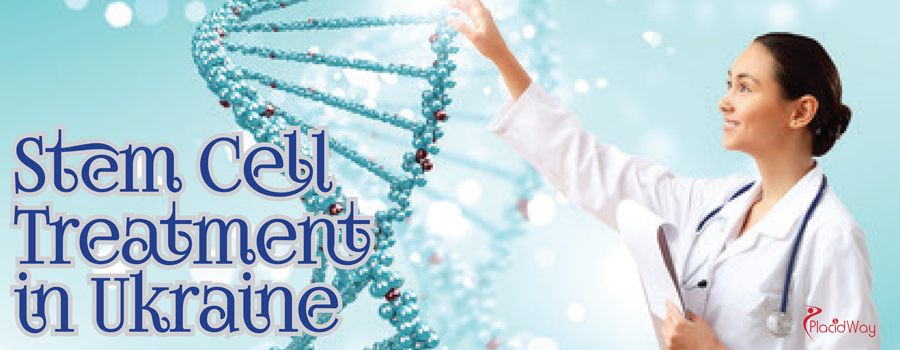The following procedures and treatments have gained popularity. Top trends in stem cell treatments include:
Embryonic stem cell therapy has long been the center of controversy regarding their moral and ethical use, not only in the United States, but also around the world. These cells are taken from early stage embryos, many from aborted fetuses. Because of such controversy, scientists spent decades studying other ways to develop stem cells that would offer more appeal and less controversy.
Adult stem cell therapy, commonly used today in a wide range of human stem cell therapy and treatments, is extracted from bone marrow. Adult stem cells can be “instructed” to form a certain type of cell – such as nerve cells, cardiac cells, skin cells, muscle cells and so forth. Because these cells are in the skin, blood and bone marrow, when extracted, they do not carry the stigma that embryonic stem cells do. Scientists are currently looking for ways to replace damaged cells that lead to a multitude of disease processes, such as diabetes, Parkinson’s, and cancer. As such, stem cell replacement therapy is undergoing extensive research and development.
Umbilical cord stem cell therapy – After the baby is born, the stem cells are extracted from the blood of the umbilical cord. As a rich source of stem cells, many parents today are “banking” their children’s umbilical cord cells in case they are needed for curing diseases in the future. Stem cell therapy research utilizing umbilical cord blood stem cell therapy is making huge advancements today.
Because the collecting of umbilical and adult stem cells may come from any given individual, it drastically reduces the risks of rejection of organs or treatment developed with such sources. This makes it possible to benefit from transplants and other procedures where rejection has commonly been an issue.
Placenta Stem Cell Therapy is a recent development in stem cell therapy research. Doctors have been studying the beneficial components of stem cells found within the placenta, a process that utilizes stem cells found in the placenta afterbirth.
This is an ethical process, as it does not involve any interaction with the fetus or newborn. The placenta, heretofore discarded after birth, is now in the doctors eyes, for its multipotent stem cells may help in developing treatments for multiple illnesses and diseases.
We provide solutions for patients seeking improvement by stem cell therapy and for a variety of conditions, including spinal cord injuries, neurodegenerative conditions such as Alzheimer’s and Parkinson’s disease, and in anti-aging and autoimmune
diseases.
Whether you are looking for doctors, surgeons or facilities located in China, Mexico, Greece, Ukraine, or Oman, here you can find the best facilities, highly trained and experienced stem cell experts have gained global reputation for their skills, but also for their compassionate and understanding services.
PlacidArabic features wellness centers, medical centers, hospitals, clinics, physicians, doctors, case managers, healthcare specialists, program managers, alternative medicine and holistic centers in the world’s most exotic locations.


